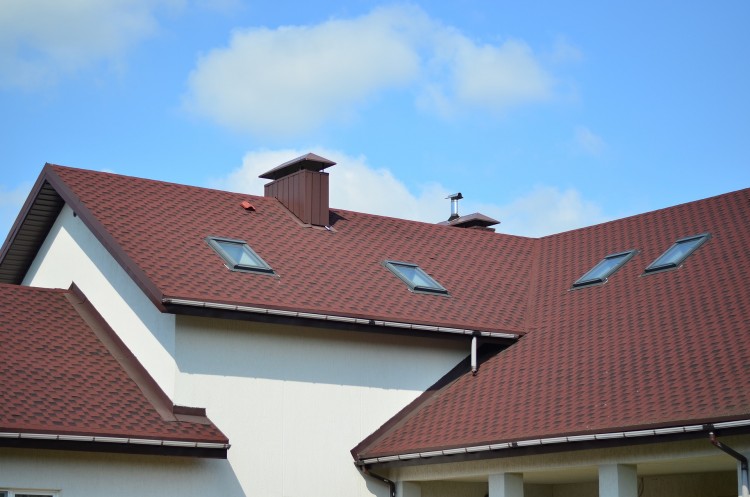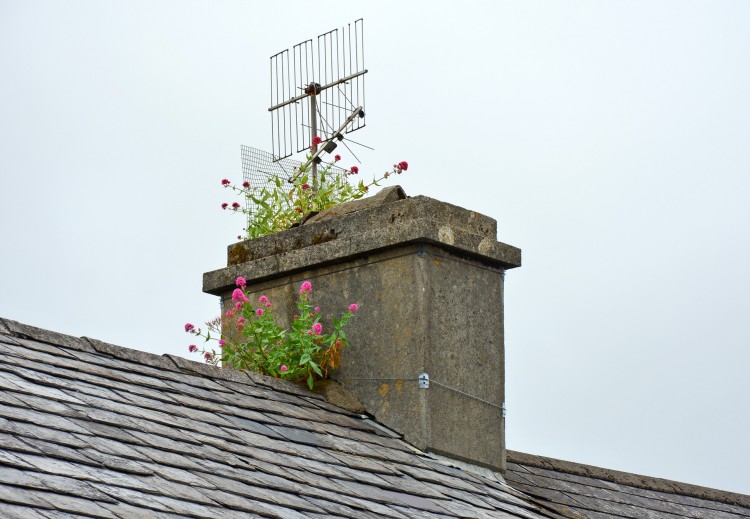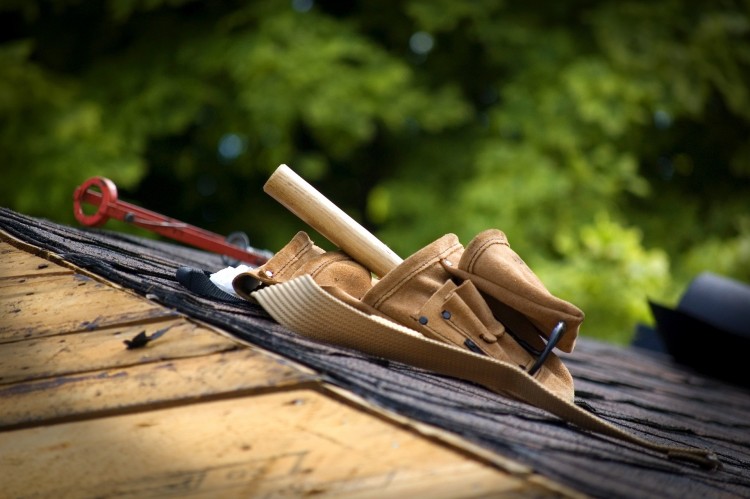The roof of your house can sustain damage from heavy winter weather, storms, and the build-up of moss and algae, fallen tree branches and leaves. Now that summer is on its way, it’s a good time to check that your roof is in tip-top condition and tackle any maintenance and repair issues.
Inspection
First, you need to get up onto your roof to have a look at what’s going on up there. Use a sturdy ladder or hire a scaffold tower to help you carry out a thorough inspection. Check if there’s moss and algae growing on the roof, and also check for fallen tree branches, twigs, leaves and other loose debris.
Slip on a pair of work gloves and remove these, then clean the areas where the moss and algae were forming. Debris like branches, tree leaves and bird’s nests can block your gutters and lead to leaking downpipes and serious damp problems.
Trees, branches and leaks
Heavy tree branches can be responsible for defects to your gutters – they can also crack or damage roof tiles or knock them out of place. You should first replace any missing tiles and then clean any dirt and grime that’s built up in the nooks and crannies. As this builds up, it can prevent rainwater from running off the roof properly.
Inspect the roof carefully for leaks and water damage. Rainwater and storms can cause leaks and cracks, while high winds can dislodge the shingles. Any tree limbs overhanging the roof can be dangerous, so it’s a good idea to cut these off before any damage is done.
Flat roofs
If you have any flat roof sections in your house, you need to check these too. Many flat roofs were built with inadequate structural materials, so they are prone to sagging, allow rainwater to pool.
Even a small amount of trapped moisture can cause blistering, and if the flashing’s not been properly installed, water can penetrate junctions. If there are problems with your flat roof and it’s difficult to access, you may need to appoint a professional maintenance company such as MC Property Maintenance.
Pitched roofs

If constructed properly, a pitched roof should have a much longer lifespan than a flat roof – pitched roof materials are more durable and far more weather-resistant. Rooms under a flat roof can’t normally be properly insulated, whereas with a pitched roof there’s more internal space permitting far better insulation.
However, due to more complex design and construction, a pitched roof is significantly more expensive than a flat one.
Chimneys
While you’re up on the roof, check the brickwork of your chimneys to make sure the mortar is not loose and hasn’t come away in places. Over time, weathering and decay can cause voids in the brick joints and you may have to repoint some areas. You should also check to see that the lead flashings are properly in place and make sure there are no blockages in the chimney, including tightly bunched twigs and leaves, and even dead birds!

Fascia boards
Check the roof’s fascia boards, as these are susceptible to water damage. Fascias support the lower edge of the bottom row of tiles or shingles and also carry the guttering. Facia boards are made from a variety of materials which include wood, vinyl, aluminium, and woodchip composite. You should replace any fascia boards that are broken or damaged as soon as possible.
Soffits
Soffits protect the exposed overhanging area of a house’s eaves from rain and pests, and prevent damage to the rafters. They also keep insect infestations out of your attic spaces and other top floor rooms. Soffits are sometimes decorative and give the eaves a stylish, finished look.
Bargeboards
These are thick boards, normally made from wood, that are fastened to the projecting gables of a roof. Their purpose is to give the gables more strength and protection and also to conceal the exposed ends of the horizontal timbers, or purlins, of the roof to which they’re attached. Bargeboards can be decorative, with some being moulded or ornately carved. They can be expensive to replace, so check these meticulously for any damage.
Roof Terrace

The biggest problem with roof terraces is water drainage, so check that there are no blockages and that water is draining freely (you might need to use the hose to test establish this). If your roof terrace is made up of wooden decking, check that the timbers are in good shape and replace any missing screws or rotten timbers. Finally, thoroughly clean the terrace of moss, tree branches, twigs, leaves and dirt.




